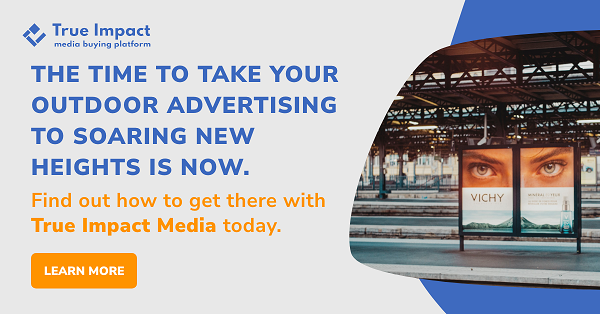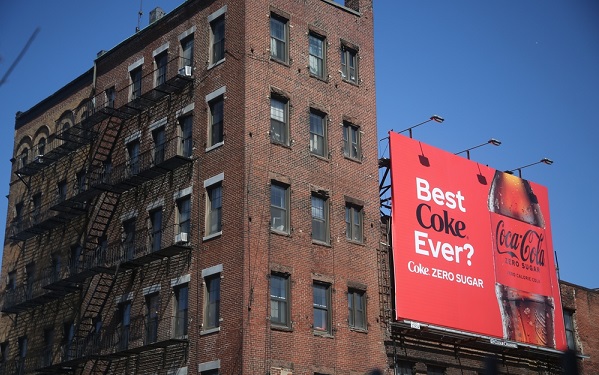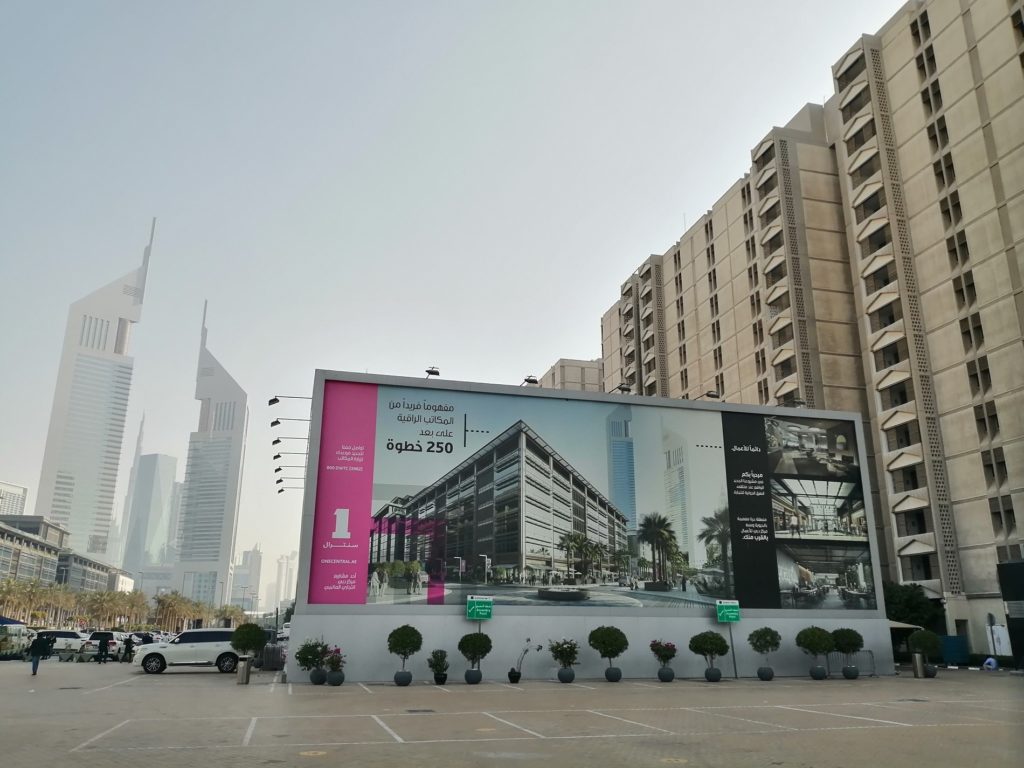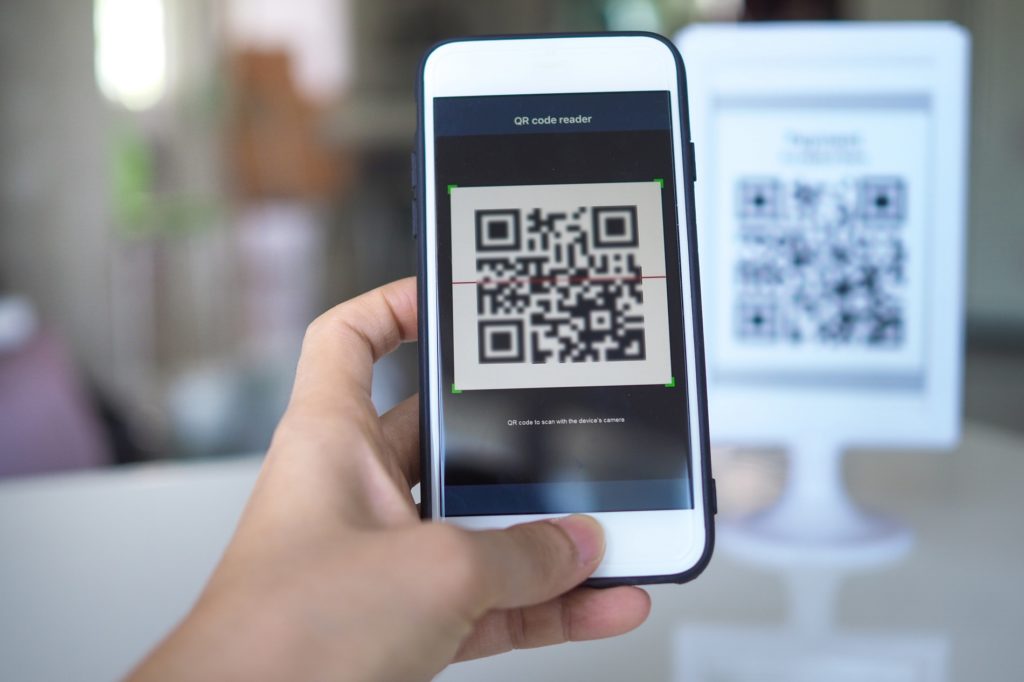The billboards are a great way to advertise your business. They can be funny, weird, or just plain stupid. We have compiled a list of some of the funniest and most interesting ones over the years. Check them out!
The technology of advertising is evolving, and for brands looking to get their names in front of audiences, it’s important to stay ahead. If you’re flipping through magazines or scrolling through social media for inspiration, take note: one of the most recent innovations isn’t in print, or even on your personal device. It’s a form of media that meets the consumer where they are.
What we’re referring to is Programmatic OOH, and it’s here to make ads easier than ever.
Through the use of data and automation, programmatic digital OOH transforms digital billboards, signs, and displays into ads that can be purchased, activated, and even customized based on when and where they’re most likely to reach the relevant audience. The true beauty of this technology, however, lies in the many ways it can be used—and how it can amplify your impact.
How Programmatic OOH Works
Before we get into how it can help your brand get noticed, we’ll uncover a few more insights to answer the question of what is programmatic OOH.
Programmatic ads may be a relatively recent innovation in the world of OOH advertising, but they’ve been a part of online advertising for a while now. With the advent of the internet, brands gained the ability to target their campaigns toward a specific digital audience with:
- Browsing data
- Cookies
- Mobile IDs
This made it possible to customize what ads were shown to anyone visiting a website or app on their device, depending on what audience profile they fit.
Programmatic OOH works in a similar way, except it all takes place out in the “real world.”
There, advertisers use all the tracking features above, plus mobile location data, to determine behavior patterns for anonymous consumers. That data is used to automatically change what digital ads are displayed depending on the chosen factors, including the number of people in the area, whether nearby consumers fit the right profiles, and even the weather or time of day.

Examples of Programmatic OOH
With this innovation, brands can customize their messages to suit the goals of their advertising campaigns more effectively than ever before. When we look at the nuances of programmatic OOH, you’ll see that it offers even more solutions than you’d expect.
Let’s take a look at a few examples of how programmatic OOH campaigns can be used.
Example #1 – Digital Signs
Imagine your company offers exclusive hotel packages to both business travelers and families vacationing with young children. You want to place a digital display in an airport, but know you’ll have to choose which type of audience you’ll target with this single ad—and that when it comes to who will see it, you’ll just have to hope for the best.
With programmatic OOH, you no longer have to make that choice. Instead, your hotel company can produce two different versions of your ad—one that appeals to business travelers and one for vacationing families.
Then, the system will use the consumer data it collects for that location to determine when your target audience is most likely to see your ad. Finally—just like magic—it will activate the right one for that audience at the relevant time.
Example #2 – Digital Billboards
Perhaps you run marketing for a restaurant, and you have an ad campaign inviting urban millennials to come to enjoy your Sunday brunch mimosa special—plus, your ad encourages them to enjoy a sunny breakfast on your cabana-like patio.
Using programmatic digital OOH, you can determine that your city brings a certain demographic of people within passing distance of a certain digital billboard every Sunday morning, allowing you to pinpoint the time and place you’ll show your ad. Today, however, it happens to be raining—making that cabana experience you’re offering less-than-promising.
The solution? Customize your DOOH ad depending on the weather, and invite your customers to come enjoy their brunch indoors. With programmatic OOH, this can all happen automatically.
Example #3 – Digital Kiosks
As another example, imagine you’re advertising new feature films on a digital kiosk in a mall, and it’s located outside the mall’s cinema. You have a number of different films to advertise, and each of them is likely to appeal to very different audiences and age groups.
You could just play them on loop and hope that enough people will see the advertisement and stick around to wait for the one that’s relevant for them. But that’s leaving a lot up to chance, and you have a budget to think about.
Instead, you can customize which ads run depending on this month’s cinema showtimes—ensuring that the exact right audience will see your campaign as they exit the theater, and allowing you to build excitement for the next film they’ll come to see.
Benefits of Programmatic OOH
In our modern world of advertising, the ability to adapt is key. With programmatic OOH, your advertising campaigns become more adaptable than ever and affect your marketing strategies in more ways than you’d expect—five to be exact.
#1 Buying and Selling
As we’ve already established, the term programmatic refers to the ability to program ads themselves. However, it also speaks to how brands and advertisers purchase OOH.1
In traditional OOH, brands and advertisers seeking to purchase ad placements must negotiate their purchase with the media owner or the vendor of the ad space.
Aside from negotiation, the traditional method entails a lot of footwork. That includes:
- Finding the right placement
- Communicating between brands, agencies, and media owners
- Planning the campaign itself
These steps are virtually eliminated when using programmatic OOH. Rather than requiring negotiation, DOOH programmatic buying is automated based on your chosen factors, including:
- Target audience
- Budget
- Type of media
This allows you to focus on making your OOH ad even more compelling and impactful.
#2 Flexibility
With traditional OOH, brands often have to purchase ad placements well in advance.1 Ads then remain for the duration of the campaign, without the opportunity to factor in response or effectiveness or to customize them based on external factors.
With programmatic OOH, however, optimizing a digital ad becomes a lot more fluid.
Because of how programmatic ads are priced, brands have the ability to scale up an OOH campaign, put it on hold, or stop it altogether, even after it’s already running. This power to make adjustments is important in responding to any affecting factors in real-time, and it allows brands to make their budgets more flexible as well.
#3 Use of Data
As we’ve covered, data can be used to ensure your ads are shown to the most relevant audience. But what about times when there simply isn’t an audience around?
In traditional OOH, you’d simply have to settle with having your digital ad play on loop to an empty intersection. Programmatic OOH, on the other hand, allows you to only show ads when they’re likely to be seen by the most consumers, making all your efforts even more worthwhile.
#4 Types of Media
If you’re concerned that using programmatic OOH will require reinventing your entire creative strategy, fear not. Another advantage of programmatic OOH is that brands don’t necessarily need to reinvent their existing campaigns to use it.
This may include digital ads designed for:
- Billboards
- Signs
- Kiosks
- Street furniture
- Transit
Most creative media designed for non-programmatic digital OOH, including digital billboards, signs, and displays, can be transformed into programmatic OOH ads without much additional adjustment.2 Plus, the same data used to target an audience and automate ad placement can be used to make the use of your existing ad campaigns even smarter.
#5 Audience Impact
Think of the most impactful ad you’ve ever seen—one that has stuck in your memories over a number of years and that just won’t fade away. Perhaps it featured stunning visuals or a funny story.
Most likely, however, the ad contained something that spoke to you as an individual—something that simply struck a chord with who you are as a person.
This situation is the ideal outcome for any ad campaign. More often, however, marketers in advertising struggle with the conundrum of trying to reach a wide demographic with a single ad. Sometimes, you simply wind up with something that’s overly generic or something that only appeals to a specific audience.
Due to its ability to adapt to an audience, Programmatic OOH allows you the opportunity to create that spark with consumers by providing media that’s relevant to them.
For those on the creative side, programmatic OOH also offers a lot more opportunity to customize campaigns that speak deeply to specific audiences—making your impact even more meaningful and enjoyable for consumers with audience targeting.
Increase Your Brand’s Relevance with True Impact Media
Programmatic OOH is an ingenious and flexible way to reach the right audience. If you’re tired of leaving your relevance up to chance, programmatic OOH may be the innovation to change your world—and get your brand the recognition it deserves.
At True Impact Media, we know that brands and companies need to focus on all the things that make them extraordinary—but that also leaves little time to negotiate ad placements. That’s why we’re reinventing how programmatic OOH can be bought and activated, leaving you with even more time to produce campaigns that astonish and amaze the masses.
With True Impact Media, right place, right time is no longer a guessing game.
Sources:
- AdvertisingWeek. Beyond Direct Sales: The Benefits Of Programmatic DOOH For Brands. https://advertisingweek.com/beyond-direct-sales-the-benefits-of-programmatic-dooh-for-brands/
- eMarketer. Out-of-Home Advertising Is Becoming More Digitally Driven. https://www.emarketer.com/content/out-of-home-advertising-becoming-more-digital-driven



